This article introduces how to install the Anaconda environment and the Python language on a computer with the Linux Ubuntu operating system.
In the previous article on how to download and install Anaconda and Python in Win10 (https://blog.csdn.net/zhebushibiaoshifu/article/details/122642187), we introduced how to install the Anaconda environment and the Python language on a Win10 computer method; in this article, we will introduce in detail how to configure the same content in the Linux Ubuntu operating system.
First of all, let's go to Anaconda 's official website (https://www.anaconda.com) and click the " Download " option as shown in the figure below.

Then, after the file is downloaded, we open the download path and copy the file name of the downloaded file ( the extension should also be copied); as shown in the figure below.
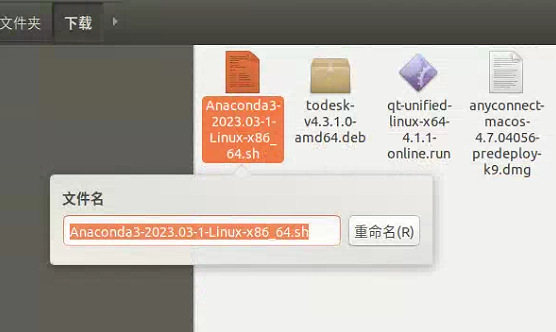
Next, we open the terminal, and first use cdthe method to enter the download path in front of us; as shown in the figure below.
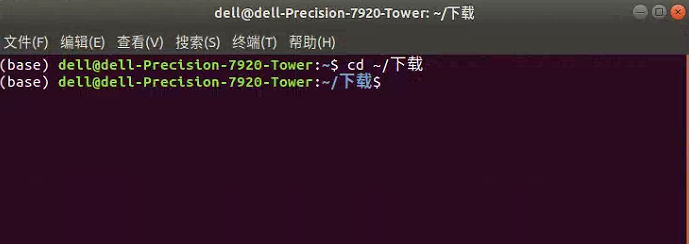
Then, enter a space in the terminal bash, and then paste the file name we copied earlier through Ctrlthe key, Shiftkey and key, and press the key; as shown in the figure below, such words will appear at this time.V回车
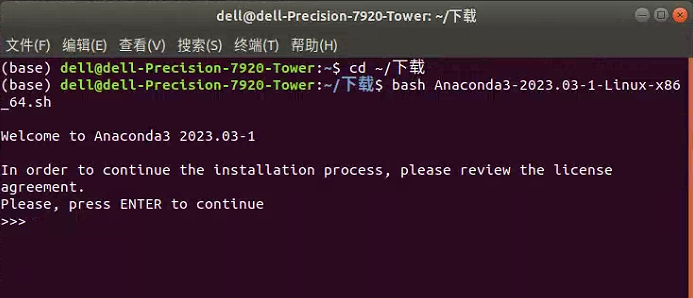
Next, we press the key once 回车to start reading Anaconda 's user agreement; among them, we need to keep 回车reading down through the key. Until the interface as shown in the figure below appears, we enter it yesto start the installation.

Secondly, we need to configure the installation path of the Anaconda environment; if you want to install it to the default path, just press 回车the key at this time, as shown in the figure below.

Here, since my computer already has an Anaconda environment, I changed the installation path; changing the installation path is also very simple, just enter the target path directly, as shown in the figure below.

Afterwards, the installation can begin, and the interface shown in the figure below will appear after a while. At this point, we yescan enter.

Subsequently, the interface shown in the figure below will appear, indicating that we have successfully installed the Anaconda environment. But at this time, we also need to restart the current terminal window—close the current terminal window, and then open it again.
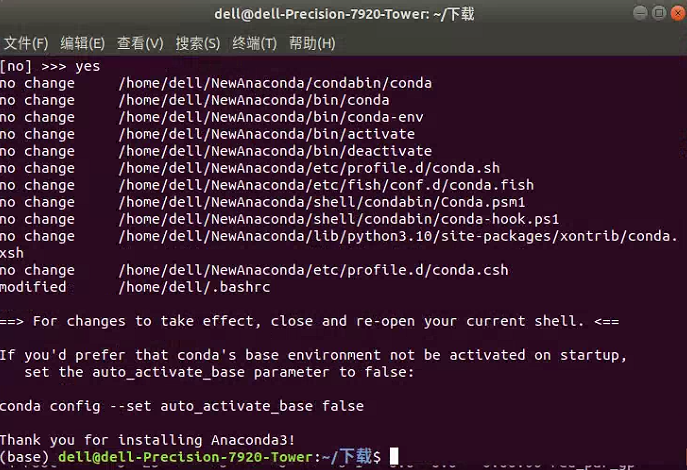
After opening a new terminal, we can enter condato view the installation of the Anaconda environment; if the interface shown in the figure below appears, our configuration is successful.
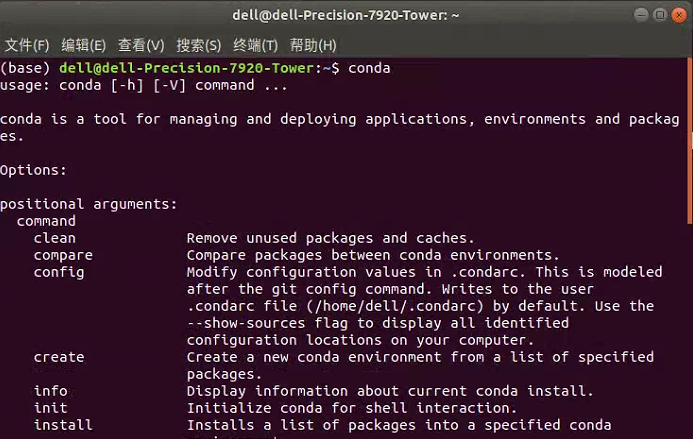
Or conda infoyou can also verify the configuration of the Anaconda environment, as shown in the figure below.

So far, we have completed the configuration and verification of the Anaconda environment, and we can start the application. For example, if we want to open Spyder , just enter it in the terminal spyder; as shown in the figure below.

Then, Spyder will start running, as shown in the figure below.

At this point, we can also write some simple codes in the Console as shown in the figure below to further determine whether the Python environment is configured successfully.
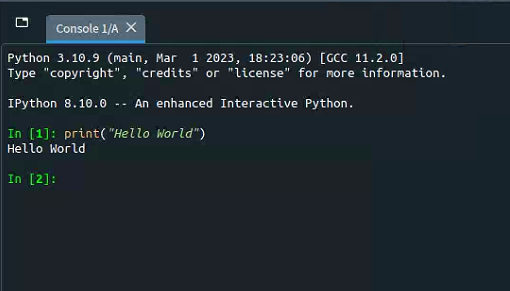
So far, you're done.
Welcome to pay attention: Crazy learning GIS